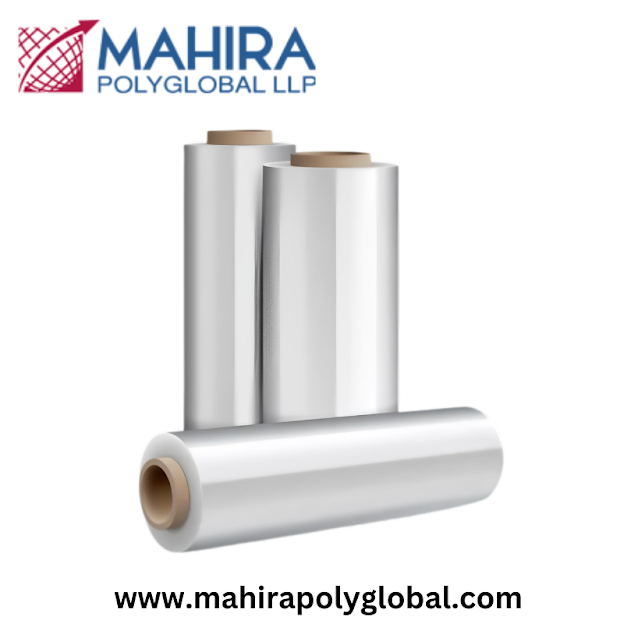HDPE Sheets for Marine and Boating Applications: A Comprehensive Guide
- Get link
- X
- Other Apps
High-density polyethylene (HDPE) sheets are becoming increasingly popular in marine and boating applications due to their unique properties and versatility. This comprehensive guide will explore how HDPE sheets are utilized in the marine industry, their advantages, applications, and maintenance tips. Additionally, we will address some frequently asked questions to provide further insights into the use of HDPE plastic sheets in marine settings.
Understanding HDPE Sheets
HDPE is a type of plastic that is known for its strength, lightweight nature, and resistance to various environmental factors. These properties make HDPE sheets an excellent choice for various marine applications, including boat construction, docks, and storage solutions.
Key Properties of HDPE Sheets
Moisture Resistance: HDPE sheets do not absorb water, making them resistant to rot and decay. This quality is particularly important in marine environments where constant exposure to water can deteriorate other materials.
Chemical Resistance: HDPE is resistant to a wide range of chemicals, including oils, solvents, and seawater. This resistance helps maintain the integrity of the sheets even in harsh marine conditions.
Impact Resistance: HDPE sheets are highly durable and can withstand impacts from waves, debris, and other marine challenges without cracking or breaking.
UV Stability: Many HDPE sheets are treated with UV stabilizers to prevent degradation from sunlight, making them suitable for outdoor applications.
Lightweight: HDPE sheets are much lighter than traditional materials like wood or metal, making them easier to handle and install on boats and docks.
Applications of HDPE Sheets in Marine Settings
1. Boat Construction
HDPE Sheets Plastic are commonly used in boat construction for hulls, decks, and other structural components. Their lightweight nature helps improve fuel efficiency, while their resistance to water and chemicals ensures longevity and durability.
2. Docks and Piers
HDPE sheets are an excellent choice for building docks and piers. They provide a non-slip surface and resist corrosion from seawater, ensuring safety and durability over time. Additionally, their lightweight nature allows for easier installation and maintenance.
3. Storage Solutions
Marine environments often require storage solutions that can withstand moisture and harsh conditions. HDPE plastic sheets are used to create storage bins, cabinets, and other solutions for keeping equipment and supplies safe from water damage.
4. Fenders and Bumpers
HDPE sheets are used to manufacture fenders and bumpers for boats and docks. Their impact resistance and durability protect vessels from damage during docking and mooring.
5. Aquaculture
In aquaculture, HDPE sheets are used to create floating structures, cages, and tanks. Their resistance to UV rays and chemicals makes them ideal for environments where marine life is cultivated.
Benefits of Using HDPE Sheets in Marine Applications
Longevity: The durability and resistance to environmental factors mean that HDPE sheets can last for many years, reducing the need for frequent replacements.
Maintenance-Free: Unlike wood, which may require regular sealing or treatment, Plastic HDPE Sheetss require minimal maintenance. They can be easily cleaned with soap and water, ensuring they remain in good condition.
Cost-Effective: While the initial investment may be higher than some traditional materials, the longevity and low maintenance costs of HDPE sheets can lead to savings over time.
Versatility: HDPE sheets can be cut, shaped, and welded to fit a variety of applications, making them a flexible option for marine projects.
Maintenance Tips for HDPE Sheets
Maintaining Hdpe Plastic Sheets in marine applications is relatively straightforward. Here are some tips to ensure they remain in optimal condition:
Regular Cleaning: Rinse the sheets regularly to remove salt, dirt, and debris. Use mild soap and water for deeper cleaning if necessary.
Inspect for Damage: Periodically check for signs of wear or damage, particularly in high-impact areas. Address any issues promptly to prevent further deterioration.
Avoid Harsh Chemicals: While HDPE is resistant to many chemicals, avoid exposing the sheets to harsh solvents or acids that could damage the surface.
Store Properly: If removing HDPE sheets for storage, ensure they are kept in a cool, dry place away from direct sunlight to maintain their structural integrity.
Conclusion
HDPE sheets are an invaluable resource for marine and boating applications. Their unique properties, including moisture resistance, chemical resistance, and impact durability, make them suitable for a wide range of uses, from boat construction to docks and storage solutions. By choosing HDPE plastic sheets, marine professionals can ensure they are using a reliable, cost-effective, and low-maintenance material. With suppliers like Mahira Polyglobal LLP offering high-quality HDPE sheets, accessing the right materials for your marine projects has never been easier. Whether you're building a new boat, designing a dock, or looking for durable storage solutions, HDPE sheets provide the resilience and performance needed in challenging marine environments.
Frequently Asked Questions (FAQ)
1. What are HDPE sheets made of?
HDPE sheets are made from high-density polyethylene, a thermoplastic polymer derived from petroleum. The manufacturing process involves the polymerization of ethylene monomers, resulting in a strong, lightweight material.
2. Are HDPE sheets safe for marine environments?
Yes, HDPE sheets are safe for marine environments. They do not leach harmful chemicals into the water and are resistant to corrosion from seawater.
3. Can HDPE sheets be recycled?
Absolutely! HDPE is one of the most widely recycled plastics. Many municipalities have recycling programs that accept HDPE products, making it an environmentally friendly choice.
4. Where can I purchase HDPE sheets?
HDPE sheets can be purchased from various suppliers, including specialized plastic manufacturers and local distributors. Companies like Mahira Polyglobal LLP offer a range of HDPE plastic sheets suitable for various applications, including marine use.
5. How do I cut and shape HDPE sheets?
HDPE sheets can be easily cut using standard tools such as saws and routers. For best results, use a fine-toothed blade and take precautions to avoid melting the edges. They can also be welded or bonded using appropriate adhesives for seamless joints.
- Get link
- X
- Other Apps
.jpg)
.jpg)


Comments
Post a Comment